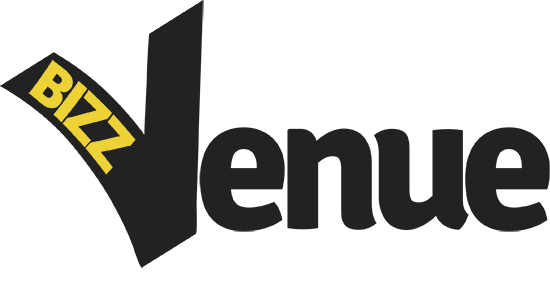
There are a lot of misunderstandings of what exactly Big Data is. It all sounds very nebulous and scary, and on the surface it sounds downright Orwellian; the collection of private and public data to make decisions and influence business trends among other things. The truth is that Big Data is changing the world, creating jobs and revolutionizing the way we do business.
What Is Big Data?
Literally, Big Data is a pool of data that’s too large for conventional data processing to use. It also refers to the technology and tools that people need to handle that data and store it. It is very loosely structured, often incomplete and can be thousands of terabytes of data with billions of records from all types of sources (web transactions, sales, social media, mobile uses, etc.). On top of that a lot of this data is inaccessible.
This may seem like big data is about measuring everything, but it really is about combining datasets that are outside the “normal” data collection and contrasting them to find patterns and trends. The conclusions that are drawn if accurate, take a lot of the guesswork out of business, allowing businesses to focus on things that matter, and avoiding those that are a waste of resources. It’s easy to see then why Big Data will only become more important in the future. In fact, it is predicted that 4 million jobs will need skills in data science (which include Big Data management) by 2018.
Uses of Big Data
It may seem like only big businesses with the capital to store and analyze such large volumes of data could do anything with it, but there are services and tools available to companies of all sizes to take advantage of information that can be extrapolated from Big Data. These tools streamline the process greatly, making Big Data available to businesses of any size.
Netflix uses Big Data to improve their streaming services. Following an outage that left some customers without service for 3 days, they turned to Big Data to find a solution that fixed the issues of having to stream from their servers that was scalable, affordable and more reliable. Capital One has been using behavioral data to determine when and how to make offers for years; Starbucks has been using Big Data to find the perfect locations for their coffee shops. Here are some of the other uses for Big Data that only scratch the surface of its potential.
Points of Big Data
There are a lot of things that can be measured using Big Data, but there’s a few things to remember when thinking of using it. Here’s a list of some of the pros and cons of big data:
Pros:
- Savings — Big Data analysis can be expensive, but the money saved on guesswork and experimentation that ultimately fails can be huge.
- Tailored services — understanding when and what people buy allows you to make helpful suggestions that can lead to higher conversion rates. Issues can be predicted and addressed beforehand to avoid any negative interactions before they start.
- Competitive strategy — Big Data can give you an overview of the techniques your competitors use, such as product data, sales campaigns and placement of franchises and venues.
- Trends — Analyzing customer trends can be highly useful as it can tell you when people are most likely to buy and why. The company could then highlight offerings, and advertisements based on customer needs.
Cons:
- Security and Privacy – when collecting big data there can be elements that people prefer others not to know. Buying habits, ownership records and search histories are sensitive information and accessing it increases the risk of it being compromised.
- Expensive – services that analyze Big Data can be expensive and if not implemented properly can end up costing the company.
- Tons of information – Big Data isn’t very agile. There are programs and services that streamline the process, but it still is a lot of data to sort through. Big Data can’t be relied on to make quick adjustments to strategy.
- Doesn’t solve every problem – Big Data unfortunately isn’t some magic bullet, and isn’t useful for every situation. Some things can’t be quantified through big data and is best left to more traditional information gathering methods.
Big Data is excellent for finding overall trends and patterns, and can help develop effective campaigns based on the evidence collected. Businesses that use such info effectively stand to see a huge growth in productivity and sales. There lies at its core the great potential to improve business decisions and analytics. Adoption of best practices will only see this potential grow.
__
This guest post was written by Mordecai. Mordecai Hunter is an engineering student at BSU. He has traveled the globe and speaks 4 languages. In his spare time, he plays and repairs guitars and loves videogames. You can bug him on Twitter. If you would also like to submit a guest post click here.



